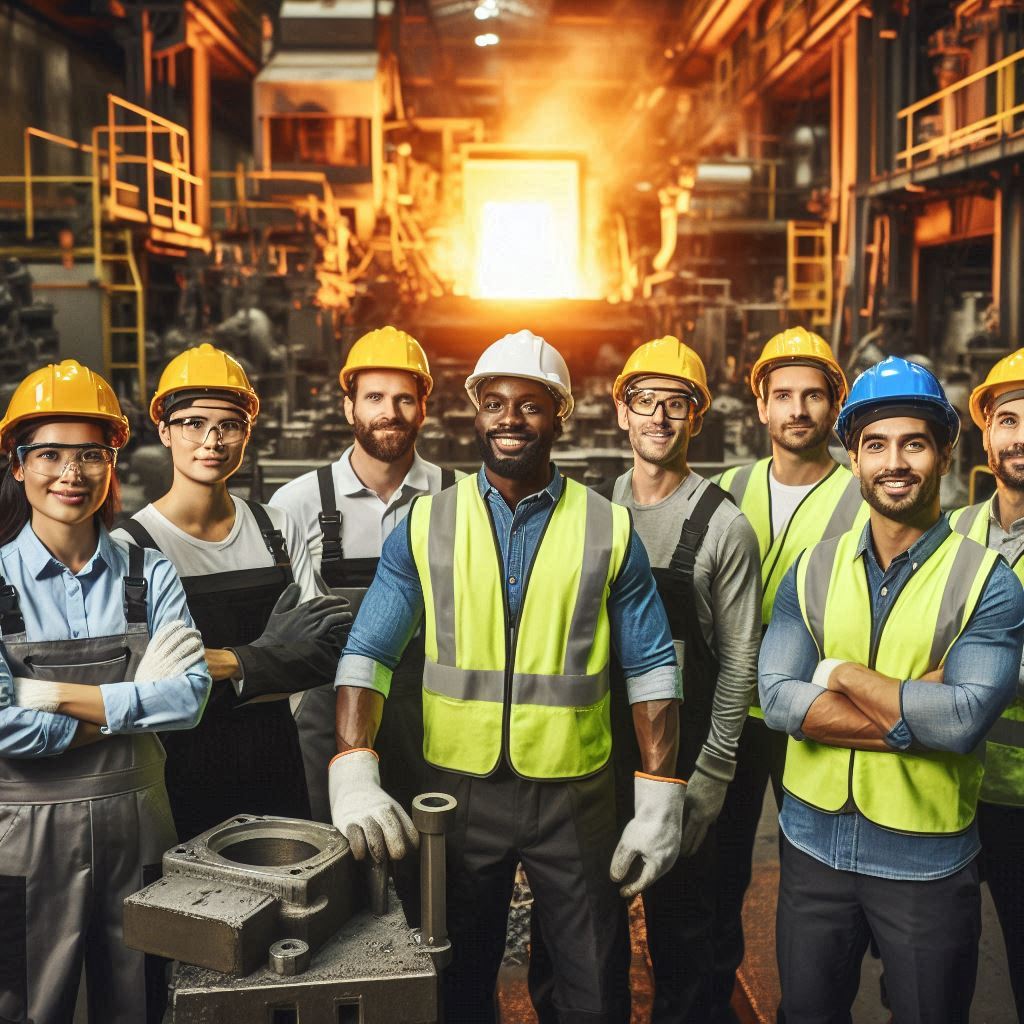Investment casting, also commonly known as lost-wax casting, has a very fine toleration in manufacturing categories. This process will be used for very complex metal components with high surface finish and high precision. The process consists of making a wax pattern of the component to be produced, enveloping it in a shell-like ceramic material, and then melting out the wax from this shell to produce a hollow Mold. Subsequently, molten metal pouring fills in this cavity to create the final part. Investment casting is applicable in a lot more applications like aerospace, automotive, medical, industrial machinery, etc. because of the associated capabilities in producing very highly complex parts without the need of machining and minimal material wastage. It is best suitable for producing some metal parts with high strength, low weight, and corrosion resistance.
The automotive field is being revolutionized by investment casting manufacturer because they produce lightweight, extremely high-strength, and very complex metal components that are made with spectacular precision. In this comfortable, modern-day casting method, designers, engineers, and manufacturers can develop more intricate parts like engine components, housing, as well as intricate parts in exhaust systems, thereby boosting vehicle performances, fuel efficiency, and durability. In fact, increased grades of alloys and very little removal through machining effects of investment casting reduce production costs. Besides those, castings may be thin-walled, even lightweight, benefitting from the increasing demand for electric vehicles (EVs) because they improve battery efficiency and shed weight from the overall structure of the vehicle. Hence, investment casting will pitch itself as a pertinent factor in the innovation and sustainability of automotive manufacture in modern times.
Investment Casting Versus Sand Casting- The Right One for Your Project?
So as to have a clear selection of process models for your project, it would be very important to know the differences between the two forms of casting. Investment casting is excellent for high-precision, highly intricate and smooth components, making it the preferred method in the aerospace, automotive, and medical industries. It gets tightly controlled dimensions and involves very little post-processing but is very expensive and takes a long time. On the other hand, sand casting is low-cost for bigger, rougher items and offers a wide choice of different materials and short production cycles. With sand casting, one experiences rougher surface finishes and more machining done on the finished cast. Hence, the reality of the geometries being more complex falls under investment casting which is the best solution on high precision and surface quality. But on the contrary, sand casting is appropriate for large parts that are inexpensive but have little relevance to design.
Investment Casting for Complex Geometries: Achieving Definitive Accuracy
Investment casting is ideal for unmatched accuracy in complex shapes for industries like aerospace, auto, and medical devices. Unlike conventional casting schemes, investment casting allows for more complex shapes, thinner walls, and detailed features without extensive machining. Tolerances are tight, and surface finishes are smooth by way of the lost wax process, promoting lower waste and post-processing costs. Weight saving and high strength in space can also be realized by casting hollow structures and integrally designed features. Investment casted geometries include turbine blades, medical implants, and advanced automotive components, proving to be accurate with good durability while offering design flexibility, which makes it the preferred option for engineers and manufacturers seeking provisional solutions.









